Porte de Sukjeongmun (서울성곽 북악산 숙정문)
14.1Km 2020-06-19
San 25-22, Seongbuk-dong, Seongbuk-gu, Seoul-si
+82-2-747-2152
Parmi les quatre grandes portes (Sukjeongmun, Namdaemun, Dongdaemun et Seodaemun) construites par l’Empereur en 1396, Sukjeongmun est ce qu’on appelle la porte du Nord.
Située au Nord de Séoul, cette porte forme les ailes de la porte du Nord, avec le palais Gyeongbokgung au centre, et Changaemun (Jahamun) au centre. De crainte que cette zone doit endommagée par les piétons, l’Empereur y fit planter des pins et interdire le passage en 1413. Par conséquent, Sukjeongmun devint un agréable sentier de promenade jusqu’à son infiltration par des soldats de la Corée du Nord communiste en 1968. Suite à cet incident, la zone devint interdite aux civils.
La réouverture de Sukjeongmun en avril 2006 entraîna celle du mont Bukak en avril 2007. Elle est divisée en trois circuits. Le mont Bukak se trouve dans un excellent état de conservation grâce à cette longue période de restriction, et si vous grimpez au sommet de la montagne, vous serez récompensé par une superbe vue panoramique de Séoul.
Dohajeong (도하정)
14.2Km 2021-04-01
38, Mapo-daero, 4-gil, Mapo-gu, Seoul
+82-10-9440-6639
A restaurant frequently introduced in Korean gourmet programs. This Korean dishes restaurant is located in Mapo-gu, Seoul. The representative menu is beef bone soup.
Samcheonggak (삼청각)
14.2Km 2021-08-07
3, Daesagwan-ro, Seongbuk-gu, Seoul-si
+82-2-765-3700
Le pavillon Samcheong, fut établi en 1972, c’était un lieu pour les dîners et importantes négotiations gouvernementales dans les années 70-80. En 1990, le pavillon changea de nom et devint un restaurant jusqu’à ce que la direction en change en décembre 1999.
C’est en 2000, que le site et ses bâtiments furent désignés lieu de culture. Samcheonggak est dorénavant ouvert au grand public. En Octobre 2001, Samcheonggak s’ouvrit également comme centre de représentations traditionnelles. Actuellement les 6 maisons traditionnelles ou « hanok » qui composent le site de Samcheong-gak sont gérées par le centre culturel Sejong. Parmi les 6 bâtiments on compte une salle de spectacle, un restaurant, une maison de thé et un salle de reception pour les invités.
Le Pavillon Samcheong est l’un des endroits les plus connus de Séoul où l’on peut voir des spectacles traditionnels et dîner.
Samcheonggak(삼청각)
14.2Km 2020-12-24
3 Daesagwan-ro Seongbuk-gu Seoul
+82-2-765-3700
You can enjoy Hanjeongsik (Korean table d’hote) in a beautiful natural environment. This Korean dishes restaurant is located in Seongbuk-gu, Seoul. The most famous menu is Korean table d'hote.
Food & Culture Academy (푸드앤컬쳐 아카데미)
14.2Km 2018-03-29
116, Pirundae-ro, Jongno-gu, Seoul
Food & Culture Korea propose des cours de cuisine coréenne et des programmes d’activités culturelles culinaires pour les visiteurs étrangers depuis 2002. Les cours se font en anglais et en japonais. Les participants apprennent à confectionner de nombreux plats coréens, parmi lesquels le kimchi, le bulgogi, le tteokbokki ou le bibimbap d’une manière systématique, simple et amusante.
SR HOTEL SUITES (에스알 호텔 스위츠(SR HOTEL SUITES))
14.2Km 2020-04-29
9, Hwangsaeul-ro 319beon-gil, Bundang-gu, Seongnam-si, Gyeonggi-do
+82-31-702-6565
SR HOTEL SUITES caters to business travelers’ needs by providing cutting-edge office amenities. Since its opening in January 2007, it has been providing excellent service through a professional management system at a convenient location for business and at reasonable prices.
Guestrooms are decorated with quality interiors and equipped with top-notch amenities. Seminar and meeting rooms boast various facilities, beautiful interiors, and attentive service. Restaurant ‘Aria’ serves high-quality foods and a breakfast buffet in the modern and carefully decorated interior.
OKIN PIZZA (옥인피자)
14.2Km 2021-03-19
26, Ogin-gil, Jongno-gu, Seoul
+82-2-737-9944
This is a Western cuisine located in Jongno, Seoul. The best menu at this restaurant is pizza. You can eat delicious pizza at hanok, a Korean traditional house.
Jinsunja Gimbap (진순자김밥)
14.2Km 2016-09-05
14 Nambu-sunhwanro 214 gil Gwanak-gu Seoul
+82-2-883-1824
Jinsunja Gimbap qui est située au milieu de la station Bongcheon et la station Seoul national Univ. est connu pour ses gimbaps roulés dans des oeuf frits. Il y a du Undong et de la pâté de poissons comme autres menus.
Yukjeon Hoekwan (역전회관)
14.2Km 2021-04-20
47, Tojeong-ro 37-gil, Mapo-gu, Seoul
+82-2-703-0019
Yukjeon Hoekwan has served Bassak bulgogi and Seonji baekban (Korean set menu with blood cake) since 1962, opposite of Yongsan Station. It has kept its original taste through three generations of operations.
Daesungjip (대성집)
14.3Km 2021-03-27
5, Sajik-ro, Jongno-gu, Seoul
+82-2-735-4259
Daejungjip has specialized in Dogani tang (ox knee joint soup) for 60 years. Customers can feel a simple and familiar ambience at the restaurant.
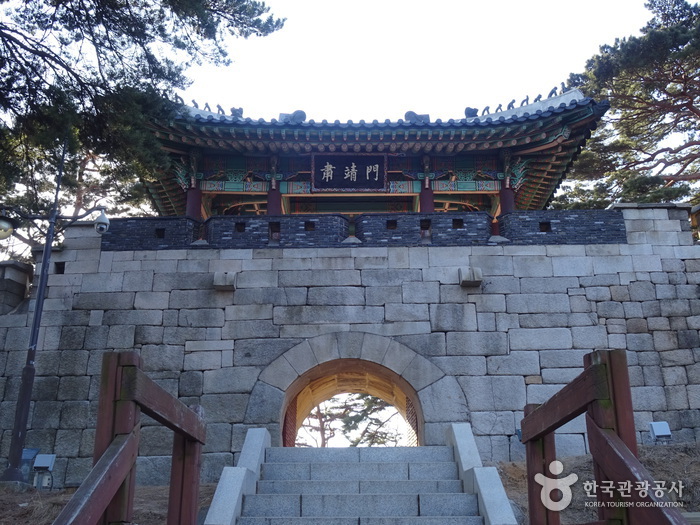
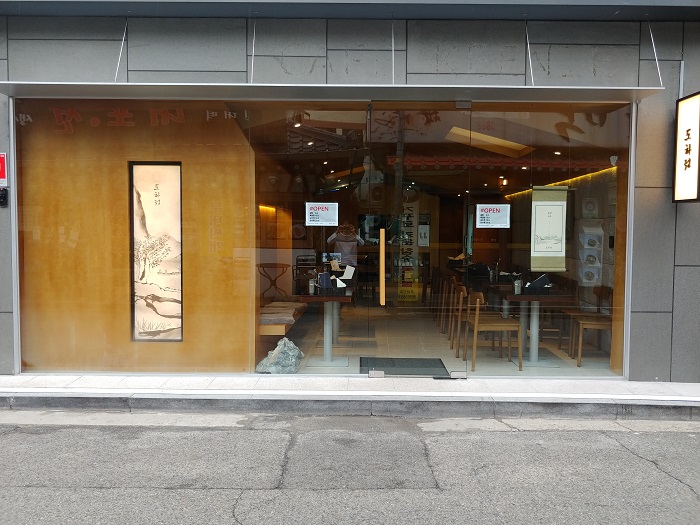
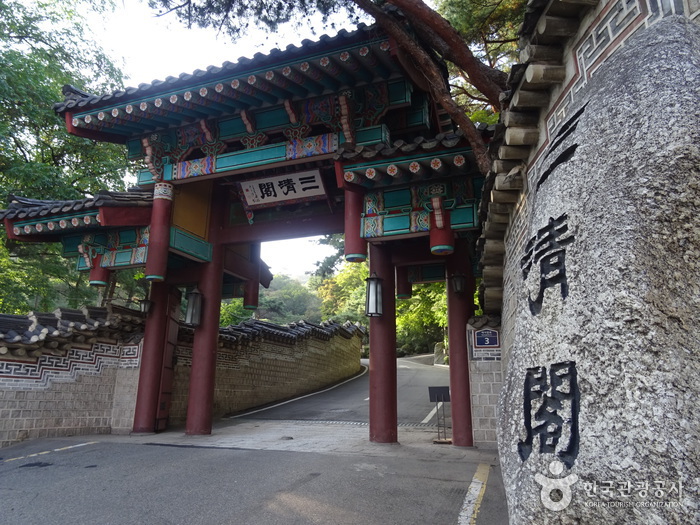
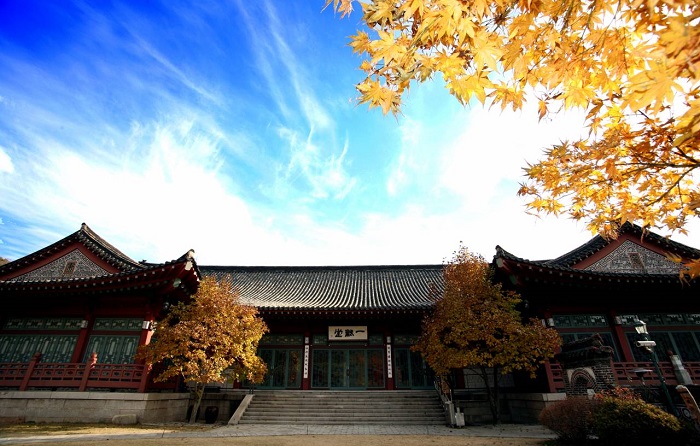
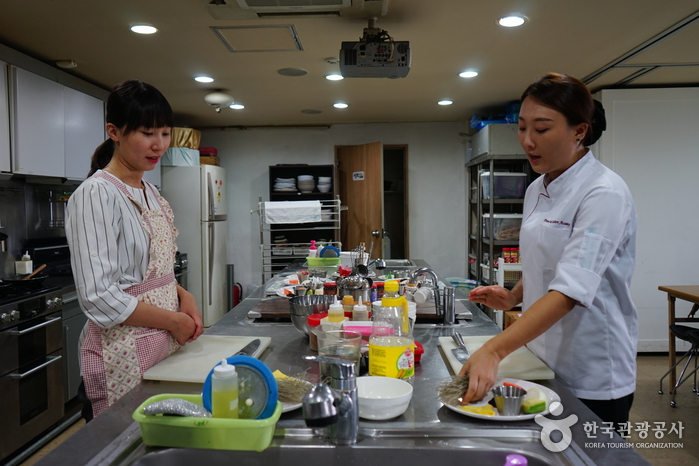
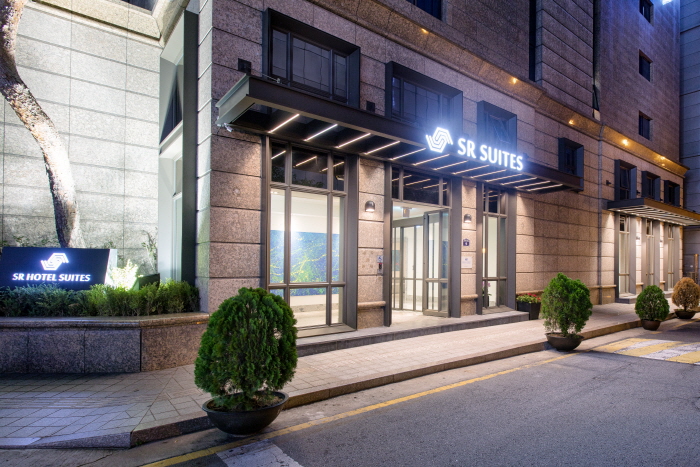

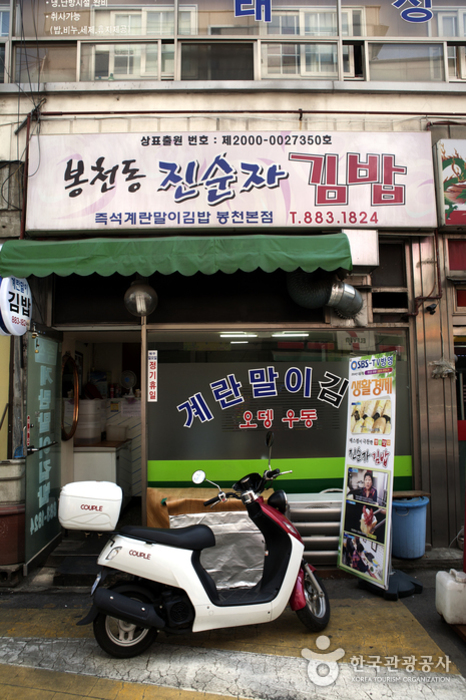
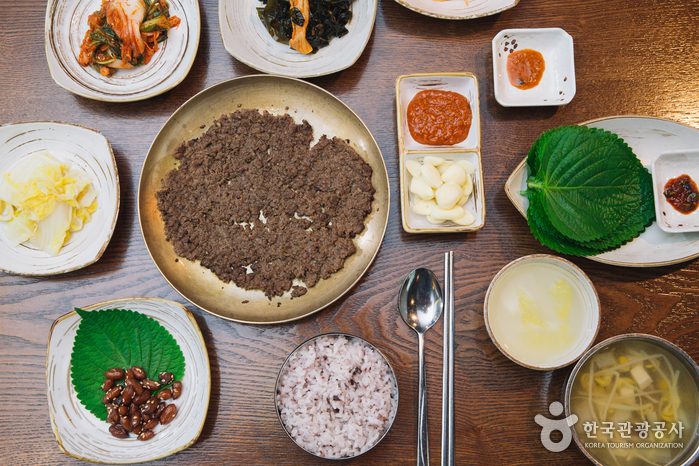
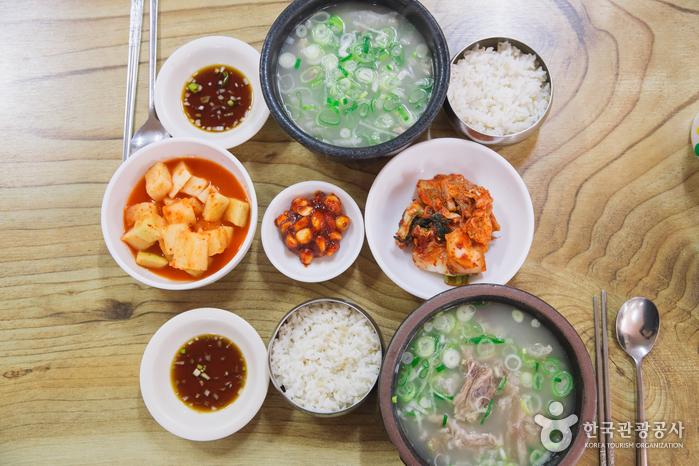
 Français
Français
 한국어
한국어 English
English 日本語
日本語 中文(简体)
中文(简体) Deutsch
Deutsch Español
Español Русский
Русский